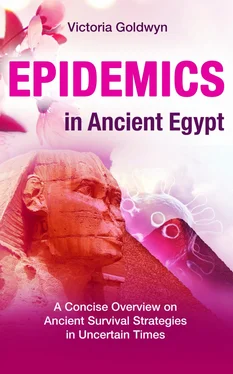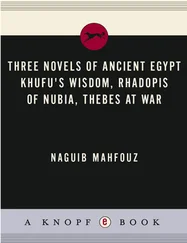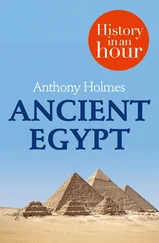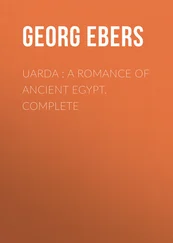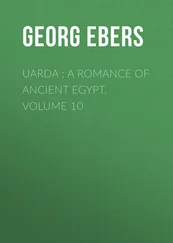The large group of protective spells also includes those healing spells specifically directed against an illness or a condition for which a demon is held responsible, such as a fever demon.
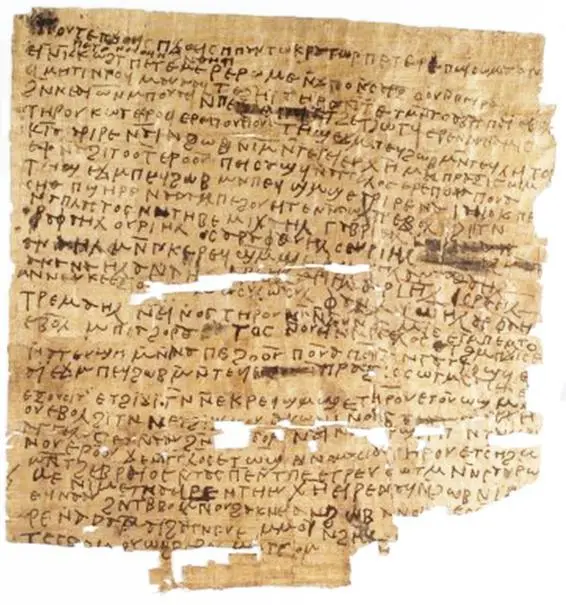
Fig. 2.: Egyptian magical text on papyrus in coptic language.
Heka & Akhu – The Power of Magic
The power of magic was standard for the Ancient Egyptians. From the simple farmer to the Pharaoh, everyone integrated this creative energy into his everyday life. They even had their special terms for this unique force: Heka and Akhu .
Heka and Akhu are often used synonymously in Egyptology. They describe energies, which are considered as magic power or spell power . They stand for something supernatural, which gives access to higher knowledge and solves concrete challenges of the real world.
Heka is the greatest, all-pervading creative power. It was so important for the Ancient Egyptians that priests of the Roman times called Heka , the first work of Chnum. Chnum was the Creator God in Egyptian mythology who created people, plants and animals from clay on his potter’s wheel. With the help of Heka , the Egyptians connected their imagination with the ability to create.
First, they visualized – so they created.
Heka could also show itself as light and was both a desired and feared energy. Often, the Egyptian was downright afraid of being cast an evil spell that could prevent his carefree existence in the afterlife.
The Amduat , the so-called Underworld Book, is a series of texts that divides the life cycle and transformation from this world to the afterlife into so-called 12 hours . In the 7 thhour, it even describes that the Sun God Ra has magical help from Isis and Heka in crossing the water when Apophis , the Great Serpent, threatens him.
Heka is so powerful that it can even create and cure diseases. To achieve this, Ancient Egyptian doctors also used magic. Some also called themselves Priests of Heka , which was supposed to express their extraordinary power.
Besides, Heka also stands for the child-God of the same name, Heka , the God of Magic. This God forms the connection between the almighty world of Gods, which the Ancient Egyptian feared, and his endeavor to take things into his own hands utilizing magic.
What would be unthinkable in many modern religions was typical for the Egyptians: From literary sources such as the Teachings of Merikare , for example, we know that Heka , the power of magic, was given to man as a defensive weapon. So, religion and magic did not contradict each other.
The child-God Heka was depicted in the typical child-God pose with his hand or finger at his mouth and the characteristic child curl on the side of his head. He is thus iconographically comparable to the Horus Child Hor-pa-chered . Hor-pa-chered means Horus-the-Child and was called Harpocrates in Ancient Greek. Another exciting aspect of the representation of the God Heka is that he sometimes shows up with two snakes in his hand. So, it is not surprising that the nowadays well-known Aesculapian staff with the coiling snake is still an often-used symbol for medicine.
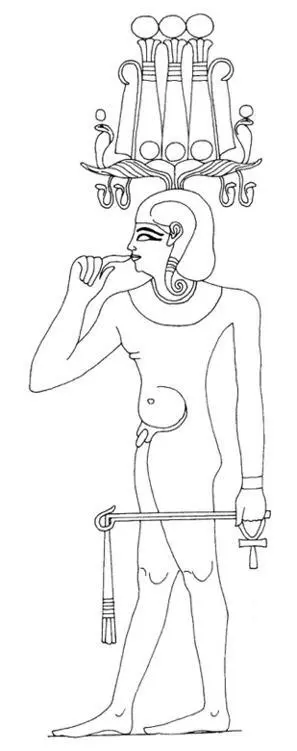
Fig. 3: Heka, the child-God.
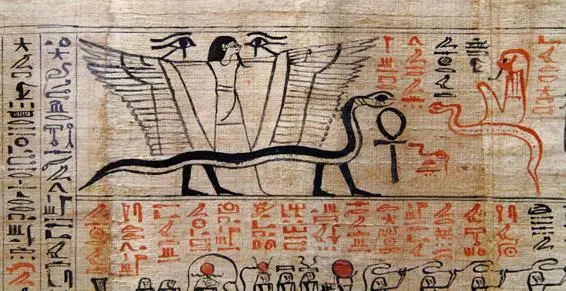
Fig. 4: Scene from the underworld book Amduat on a Papyrus.
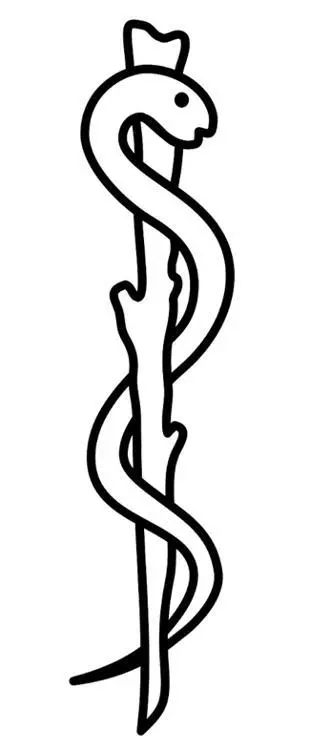
Fig. 5: The Rod of Asclepios , the Greek God of Healing and Medical Arts.
The Magician
We can identify two groups of people in Ancient Egypt who could be considered magicians:
There were simple magical practices that they performed, for example, by using an amulet. These did not require such deep knowledge and could be practiced by anyone . Most of the time, the corresponding spells were relatively easy to recite. One practiced, so to speak, magic in one’s affairs for the minor aches and pains of everyday life.
The other group was those who, as healers and magicians , were consulted by others for more severe problems. These were the experts, so to speak, who had acquired their extensive sacred knowledge in the House of Life, per ankh . The mage who wanted to help the needy used this sacred knowledge and a vast repertoire of spells. They passed it on only to the chosen ones in the framework of an initiation. The experts specialized in particular fields, which their titles could recognize: Heka:ooh (magician), Sa:ooh (a specialist, who performed magical protective actions on deserts and quarry expeditions), Wab Sekhmet (Sekhmet priest), Khereb Sereket (the scorpion summoner), etc. However, the most important spell-caster and priest was the so-called priest of reading Cheri Hebet , who was active in funerary or sacred cults and many magical acts in everyday life.
It is difficult to distinguish between a physician, a magician, and a priest because job titles are often intertwined. For example, a Soo:nooh physician could also be a Sa:ooh magician. The Sekhmet priest could indicate by his chain of names that he was the head of the Heka:ooh magicians. This possible triple occupation, which means physician, priest, and magician, was usual for the Ancient Egyptians. Only for us, the analysis of these healing concepts is sometimes a challenge because, in our modern society, there is a strict separation between science and religion or magic.
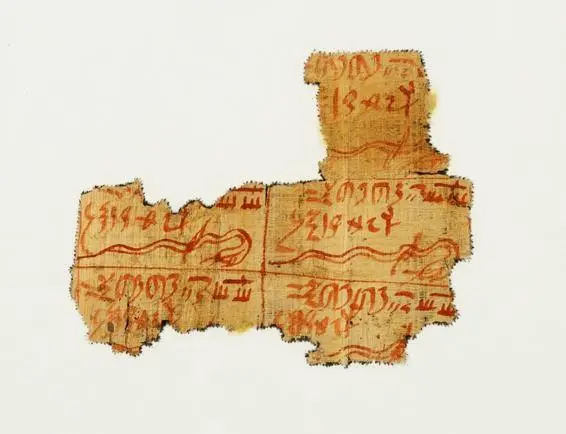
Fig. 6.: Fragment of a magical papyrus, ca. 712–525 B.C., Third Intermediate Period–Saite Period.
Magical Tools and their Application
The Ancient Egyptians believed that there was a mysterious connection between them and the world of the Gods, which could be activated by saying holy words . Moreover, they believed they could have the divine powers at their disposal by saying prayers.
But the strongest Ancient Egyptian principle about magic is the belief in a direct connection between the spoken word or the image shown and the desired event or circumstance.
In other words, the Egyptian was so intensely aware of the power of the word and the image that his entire theological, spiritual worldview was based on this. Therefore, word and image magic is part of the Egyptian’s basic understanding of creative processes.
The principles of analogy and sympathy were the most crucial building blocks of this magical practice in profane everyday life and the sacred and funerary realm.
An analogy here means the imitation and equation of two or more things. Sympathy is the use of similarity between things, in Latin called similia similibus .
Magical tools can be of material or linguistic nature.
Читать дальше
